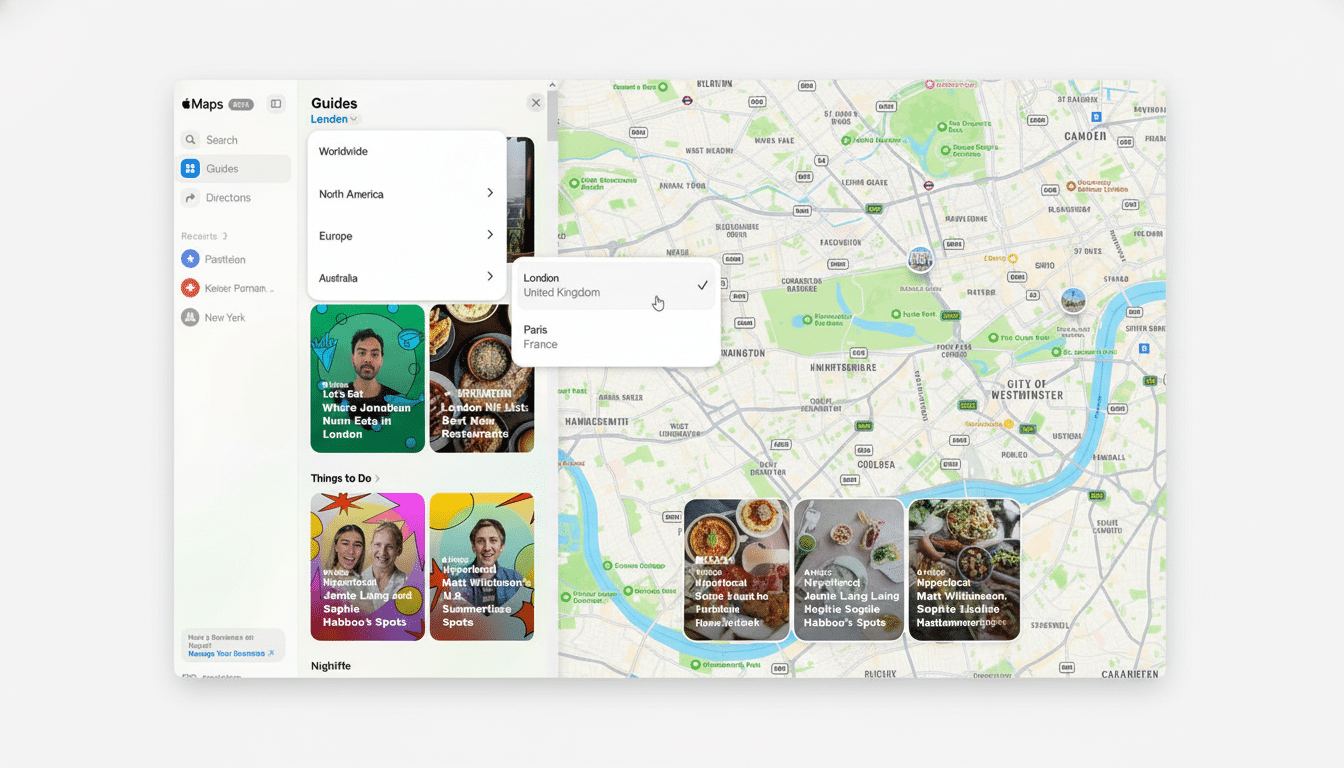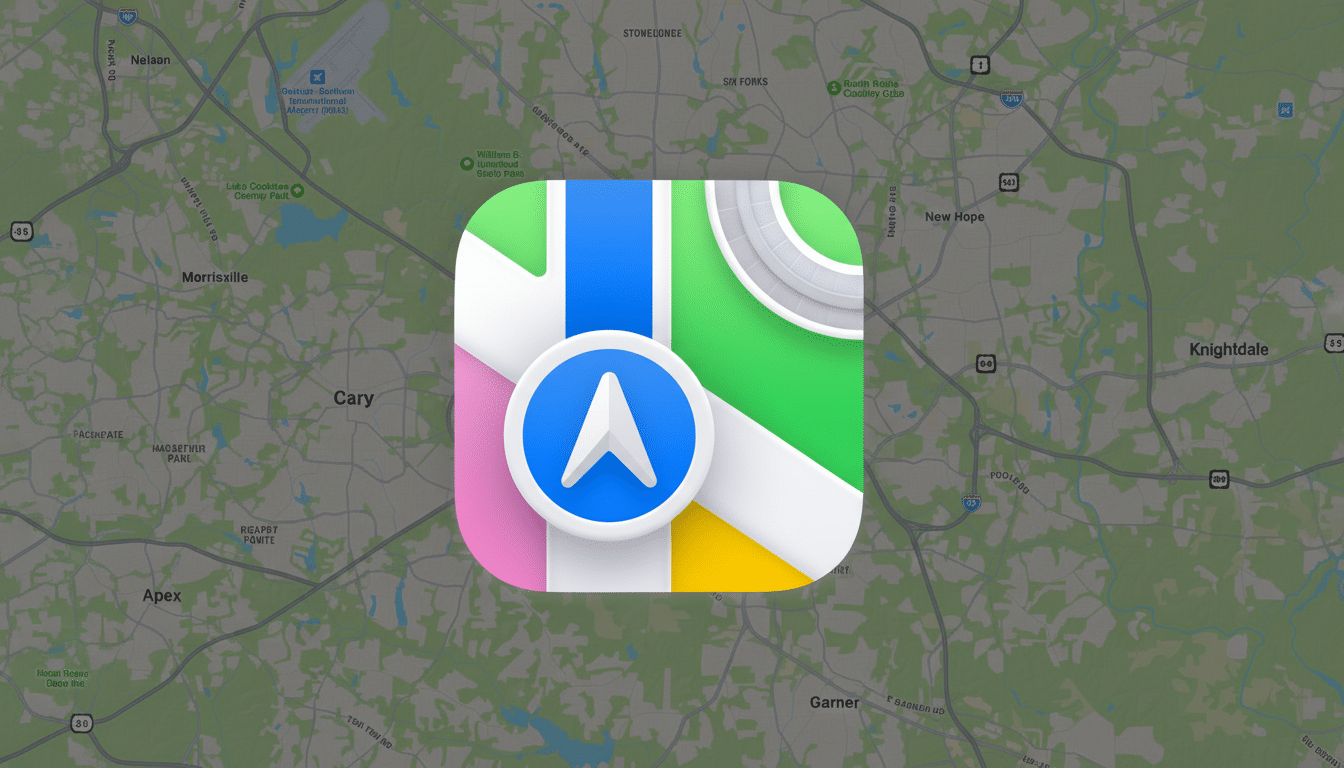South Korea is considering whether to allow Google and Apple to export high-resolution digital maps, a move that would open the door for global tech giants such as the U.S. companies to offer more detailed map services in one of the world’s most advanced mobile phone markets.
The review is focused on 1:5,000-scale maps — detailed enough to show alleyways, building footprints, and complicated intersections — which today can be found predominantly on domestic sites.
- Regulatory structure and the security stakes
- What the tech giants want from South Korea’s map policy
- Impact on local ecosystems and market competition
- Possible compromise under review by Seoul officials
- Global context and precedents for restricting map data
- What the decision signals for mapping and security
- What comes next in South Korea’s mapping review process

Regulatory structure and the security stakes
The review sits under Article 16 of the Geospatial Information Management Act, which requires full Cabinet approval to send government-grade map or imagery data abroad.
The aims have been reviewed by the National Assembly’s Defense Committee, which worried that high-precision datasets, in combination with commercial satellite imagery and open-source information, could reveal sensitive facilities.
Officials emphasize “mosaic risk” — the notion that many benign pieces of data can be combined to yield dangerous intelligence. Relevant ministries — including the Ministry of National Defense (MND) and the Ministry of Land, Infrastructure and Transport (MOLIT) — are emphasizing export controls, domestic security regulations, and rapid-response measures for redaction.
What the tech giants want from South Korea’s map policy
Google has requested that the Korean National Geographic Information Institute (NGII) grant approval so 1:5,000-scale data can be used and exported. Today, Google Maps in South Korea features a 1:25,000 base map, which hinders accuracy for turns, lane-level guidance, and pedestrian routing within dense areas. Apple has also asked to export high-resolution map data and is understood to have looked at getting its base map from SK Telecom’s T Map, a leading domestic dataset.
One key contrast: Apple has local servers in Korea, and Google essentially serves maps from out of country. Regulators have indicated that hosting locally can enable authorities to respond rapidly by masking, blurring, or throttling offending content. Both companies have expressed a willingness to obfuscate sensitive sites; Google has also looked into using satellite layers that were approved by the government and meet national standards, some of the people said.
Impact on local ecosystems and market competition
Local champions — namely Naver Map, Kakao Map, and T Map — are already delivering 1:5,000 accuracy with turn-by-turn navigation, strong pedestrian guidance, and real-time traffic.
This level of sophistication is a big reason local apps are the daily choice for people navigating all day, every day. As they have added features, the three have become ubiquitous mapping and mobility tools that industry surveys in Korea regularly rank among the most used.

If export in high resolution is allowed, Google and Apple have the potential to close a feature gap for locals and tourists by providing more accurate turn-by-turn navigation, better address matching, and allowing their estimated times of arrival to become less “estimated.”
For developers, more detailed map fidelity can mean better ride-hailing dispatch, food delivery routing, micromobility parking, and last-meter logistics — all crucial in cities with compact mixed-use blocks. The great majority of residents are now said to be smartphone adopters, according to widely cited market research, adding even more relevance to improvements in map quality.
Possible compromise under review by Seoul officials
Officials are considering something more nuanced than a binary yes-or-no. Options mentioned as under consideration by policymakers and industry include:
- Onshore mirrors of exported datasets
- Audited access logs
- A “kill switch” to turn off or degrade layers over sensitive sites
- Tiered-resolution policies that lower imagery detail around designated facilities while keeping 1:5,000 imagery for civilian areas
Another probable ask is demonstrable redaction, covering military, intelligence, and critical infrastructure sites with server-side restrictions that can be changed rapidly. Hybrid deployment (with local processing of raw geospatial data and exporting only derived, policy-compliant layers) is also being considered. In doing so, these designs promise to meet business requirements while maintaining operational security.
Global context and precedents for restricting map data
It’s common for governments to step in on map features in times of crisis. The Israeli military asked for real-time traffic layers to be turned off in areas around conflict — and the same thing was done in Ukraine. It is not the first time European data protection authorities have called for more stringent protections on Street View images. These episodes are part of a broader trend: Countries are asserting digital sovereignty over location data, particularly when it is sensitive enough to show troop movements, emergency response patterns, or government installations.
What the decision signals for mapping and security
A conditional, partial approval would signal that Seoul is willing to take risks so long as controls are enforceable and responsive. It could also establish a blueprint for other states trying to balance geospatial openness with national security — especially where foreign platforms control worldwide distribution but depend on domestically regulated base maps.
For users, the impact would be felt on the ground: better lane guidance at street level, reliable pedestrian alley routes, more precise delivery drop-offs, and richer 3D context. For Korea’s tech industry, that could translate into closer ties between domestic data providers and global mapping services, potential new licensing revenue, and a broader addressable market for apps that rely on pinpoint maps like robotics, drones, and assisted driving.
What comes next in South Korea’s mapping review process
The Cabinet review is continuing, as various agencies investigate issues such as where servers are located, redaction standards, and auditability before any green light. Both Google and Apple are signaling they may be flexible on masking and data management. The result will show how Seoul intends to govern high-value geospatial assets in a world where mapping is not only a consumer feature but strategic infrastructure.

